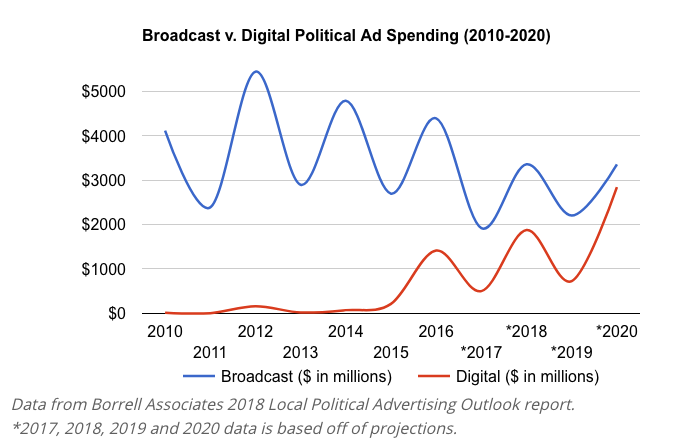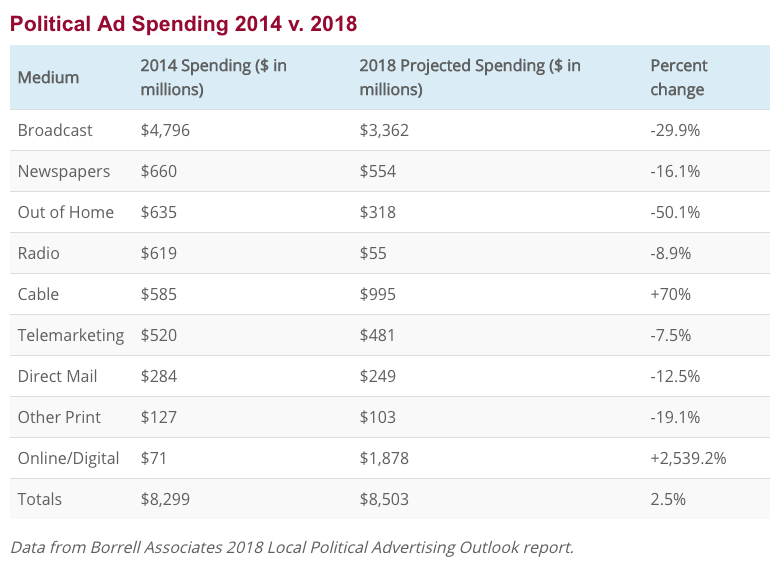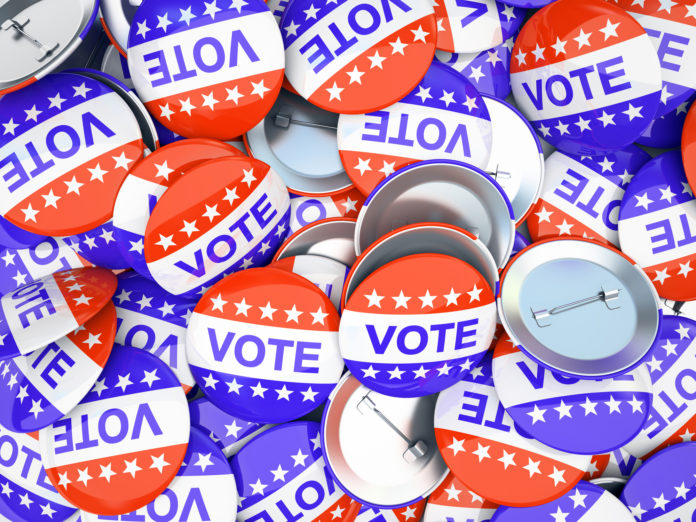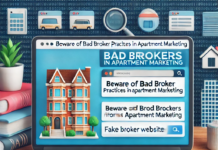Every year on the first Tuesday of November, we head to the polls and vote for our future. We vote for candidates or causes that matter to us. We choose candidates or causes that attract our interest and engage attention. We want candidates or causes that we believe will make a positive difference.
Win or lose, the election cycle provides some insights for local businesses. After all, as Chip O’Neil once proclaimed, “all politics is local” so small business owners can learn some lessons about engaging with your core audience.
Yes, the one winner of this election cycle was the digital marketing industry.
Why Campaigns Rely on Digital Marketing
Politics is a brutal game. And the ugliness is only getting worse. Regardless of the landscape, many campaigns need to find, interact and engage with potential voters. As a result, campaigns start experimenting with new technology and platforms to find new audiences.
For example, large campaigns (such as potential and eventually successful Presidential campaigns) noticed social media enabled brand awareness years ago. In particular, these platforms enable campaigns to reach narrow demographics for lower costs than traditional advertising. In fact, according to a recent report by Borrell Associates (an advertising research group), digital ads accounted for less than 1% of political ad spend (or roughly $71 million) in 2014. However, this number is expected to hit 22% or roughly $1.9 billion during the most recent 2018 midterm cycle. The growth in digital ad spend equates to roughly 2,500%!
 Kip Cassino, author of the report, notes why the dramatic spending increase makes sense.
Kip Cassino, author of the report, notes why the dramatic spending increase makes sense.
“The concept of being able to target and send a message to a person no matter where they are, no matter what they’re doing, through their mobile device is one that, if it works, would be the Philosopher’s Stone in political advertising.”
Interestingly, the report notes that overall political ad spending only increased 2.5% between 2014 and 2018.

Why are campaigns moving to digital advertising in droves?
Digital platforms offer lower prices, which allow advertisers to buy more ads for the same price. Plus, campaigns naturally pair reach with advanced demographics. When done correctly and honestly, this allows campaigns to target voters interested in the message of their candidate or cause.
Rep. John Gannon, provides some analysis on how online advertising possibly creates a magnified effect on the state and local level.
“It seems like we’re headed into a world where online advertising is going to be a bigger and bigger factor in elections. Especially here in Vermont, where we have relatively small districts, social media advertising can be a very effective approach to advertising because you can drill your ad down to the town level.”
Doesn’t this sound a like marketing to potential consumers?
In particular, digital advertising offers small business owners a creative opportunity to find and engage potential customers that a big box store may not reach. After all, the little things that make a candidate stand out and generate excitement in a community are only at the community level. A local business has an advantage in the community vs the big bad competition.
How Campaigns Leveraged Digital Marketing
Sara Fischer, reporter at Axios, notes the rise of technology within the political landscape.
“A boom in new tech — digital TV ads, peer-to-peer texting, digital billboards and more — has made it easier for political campaigns to reach voters anywhere, at any time.”
According to Axios, the new campaign toolbox includes some essential tips that help any small business owner connect with their desired customer base.
-
Texting Customers
Texting potential voters (or for small businesses potential or existing customers) gained popularity as a way for political campaigns to reach voters ahead of voting. Campaigns flooded cell phones with personalized peer-to-peer text messages. Why? Texting offers mass reach and remains easy to deploy.
What this means for small business:
Mass texts works better for politics than a local business. Campaigns can risk spamming potential voters because they need one vote. For your local business, texting provides a great method to reach out and connect with potential customers (assuming they opted-in to your marketing messages). However, in reality, owners and marketers must remain cognizant of how many and the message of texting. For example, confirming appointments works great and automates with many CRM systems. Also, for companies like a dentist, automated texts can help set up the next 6 month appointment. Additionally, texting customers about pending sales makes sense as well, but not every day.
-
Local TV Ads
Axios notes that addressable TV ads, which digitally target household provided election advertisers with a powerful tool. These ads can be cheaply aimed at very specific voting demographics. For campaigns, these can be much easier to measure — and are much cheaper — than regular TV ads.
What this means for small businesses:
Depending on your marketing budget, these targeted ads provide an opportunity to expand your marketing message. In a noisy marketing environment, testing any new means of delivering your message that provides data makes sense based on your marketing scope. Small businesses that avoided traditional TV ads can now experiment with this new technology.
-
Digital Billboards
Campaigns frequently rely on out of home advertising, which blasts their message around towns or cities. Typically, digital billboards, consist of billboards, subway posters and possibly helicopter ads because they are easy to purchase at the local level. Additionally, new technology allows these types of signs to quickly convert into digital screens, which campaigns can track.
What this means for small businesses:
Similar to addressable or local TV ads, small businesses that utilize non-traditional marketing platforms stand out from the competition. Additionally, as many local political campaigns lack large budgets, these new technologies enable small business owners to test new mediums without a bump in their marketing budget. As long as the new technology provides tracking, owners can convert the spend into ROI and determine if the methods provide new sales.
Small Business Takeaways
In politics and business, new opportunities do not last long. As Axios notes:
“The barrage of new ad products and messaging tools means it’s harder than ever to truly capture a voter’s attention. So campaigns are still using traditional television ads, email and regular mail to reach voters.”
As technology advances (and there are no signs of this trend stopping soon), new and cheap options to spread your message continue to arise. At the same time, competition continues to arise, both locally and through large companies such as Amazon broaching on the local business turf.
As a result, these new technologies lower the barrier to entry for many new candidates (or companies). The new contenders come to play with less money, but aim to take on the established, well-funded competition.
For existing companies (or incumbents), continue to work the tried and true. For example, small businesses should continue to run effective PPC and SEO campaigns. By owning paid and organic search terms, your site will continue to flourish. And a high ranking site makes it more difficult for potential customers to find your new competition.
For challengers, then look for holes in the existing companies. Are they running effective PPC and SEO campaigns. If not, start there and then gradually expand into new technologies. Or incorporate some new technology, like texting customers to remain engaged, but hold off on broad marketing activities like TV if you have room on your budget for AdWords.





